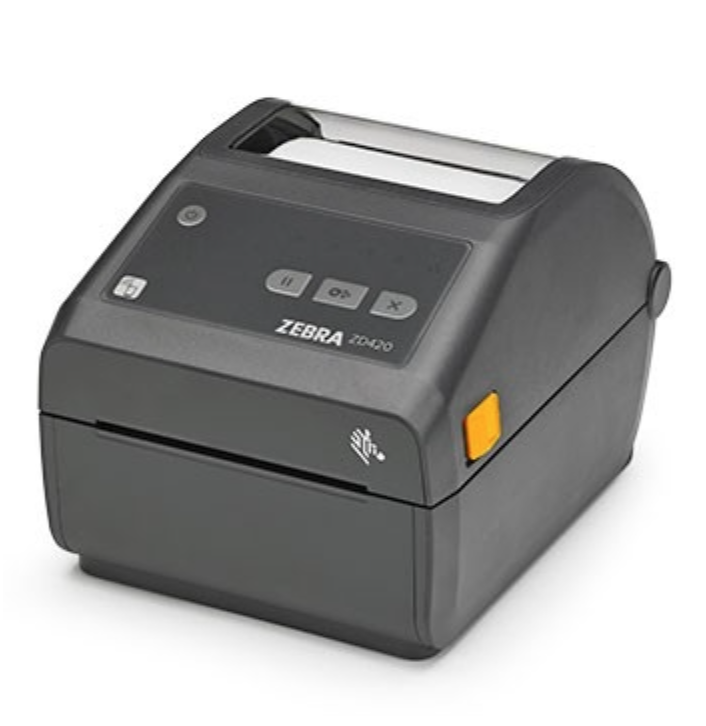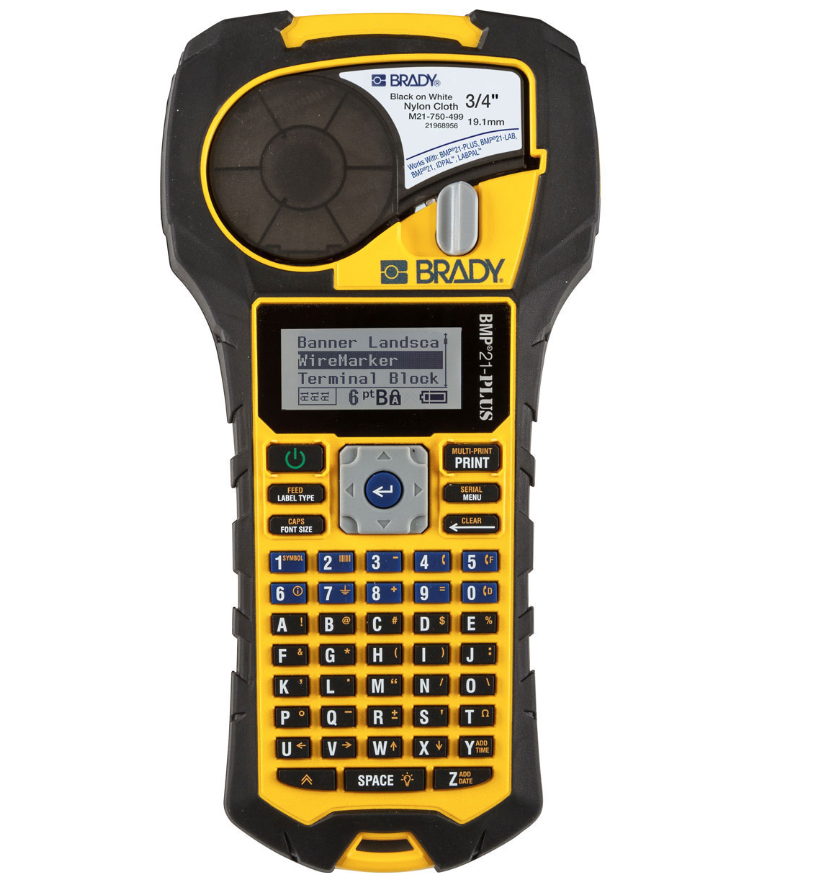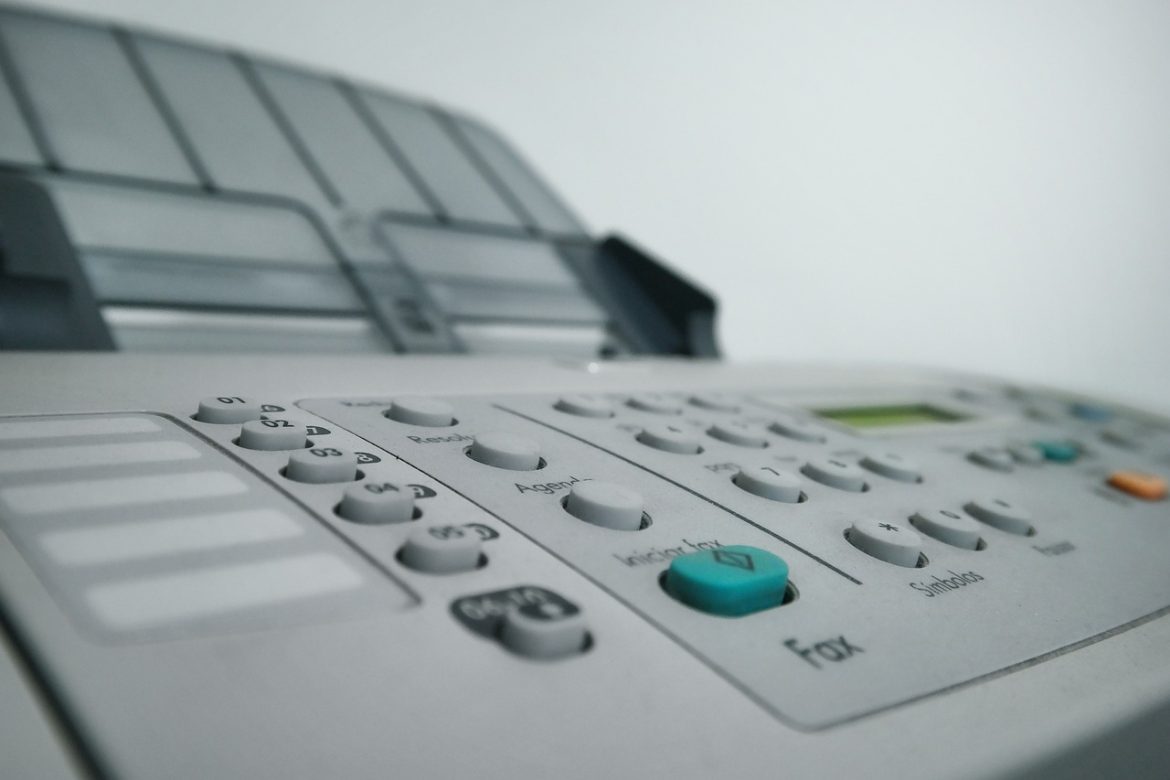If you run an e-commerce business, you know that printing shipping labels can quickly eat up the hours of your day. Instead of attracting new customers or expanding your offerings, you can get lost in a jumble of packing tape and printer paper. Not to mention, if that standard home printer should fail, you’re in real trouble.
Thermal printers liberate you from dealing with that hassle while providing peace of mind that your products will end up at their desired location. Not only that, but they also save you money over the long term because they don’t require ink.
But not all thermal printers are alike.
There are a lot of options out there that appeal to e-commerce business owners of all stripes, but in today’s mobile world, where speed and ease of access are key, wireless thermal printers are often the best option.
If you’re serious about starting an e-commerce business or are already running one, thermal printers can save you time and money.
Here are the best thermal printers for shipping labels.
DYMO Label Printer
This printer is easy to set up and use and is a sturdy printer that doesn’t face many misalignment issues that can crop up sometimes with other thermal printers.
At 300 dpi, it also prints high-quality labels.
However, the DYMO is very slow, printing only 51 labels per minute. It also lacks versatility, restricting users to buying only particular label rolls.
Different models of this printer can sometimes confuse buyers as well. While only the DYMO LabelWriter 4XL can print 4×6 thermal transfer rolls, users sometimes mistakenly buy the 450 series, which will not.
Pros:
- Ease-of-use
- Sturdy – doesn’t face misalignment issues
- Prints high-quality labels
Cons:
- Slow print speed: only 51 labels a minute
- Low versatility: requires users to purchase specific label rolls
- Offerings can confuse shoppers
Rollo Wireless Printer


Rollo wireless thermal printer is versatile, compact, fast, and wireless.
Unlike other thermal printers, the Rollo printer can work with any Thermal Direct Label, even with free labels from UPS. The Rollo wireless has intelligent label detection and is compatible with all major shipping platforms and marketplaces such as Shopify, Amazon, eBay, ShippingEasy, Poshmark, Mercari, etc. This allows you to avoid manually cropping your labels and spending money on overpriced, proprietary paper that some other printers require.
It takes 4 x 6-inch labels and ships its label rolls so that you don’t have to worry about sourcing your replacements. Rollo has support for multiple shipping and shopping merchants, which means you can print your label of choice without many hassles.
At 203 dpi, these are also high-quality labels.
For an even more streamlined process, connect the printer to the RolloShip Manager App, where you can view, track and manage all shipments. The App also provides up to 90% off shipping rates, making quick shipments easy and cheap.
Unlike most other printers, the Rollo Wireless uses a WiFi connection with your laptop or phone, clearing clutter and boosting ease of use.
While it’s one of the more expensive options, Rollo is well worth the price.
Pros:
- Versatility: Accepts any Thermal Direct Label
– Shipping Label Size: 4”x6”,
– Label Type: Rolls and Flats
– Label Width Supported: 1.57” to 4.1”
– No limitations on the height of the labels.
Fast: 150mm/s. One shipping label per second.
High Quality: 203 dpi
Uses Wifi
- Compact
Cons:
- Slightly more expensive than some other options
Zebra ZD420 Direct Thermal Printer


The Zebra is a fast, high-quality printer that, like Rollo, is built to handle large workloads.
It initiates print jobs quickly, using bluetooth or wireless for ease of use, and prints labels with 203 dpi, with the option to make changes to print at 300 dpi.
At 203 dpi, it can print 152 mm/s, making it a fast printer as well.
Like Rollo, it is a printer for serious ecommerce businesses. However, the Zebra ZD420 does feature some cons.
It has a more involved setup process than most other thermal printers, doesn’t interface well with PCs, and its wireless options don’t work well yet with industry software like ShipStation.
Last, the ZD420 is expensive, coming in at almost double the price of the Rollo thermal printer.
Pros:
- Speed: 152mm/s
- High-Quality: 203dpi or 300 dpi
- Wireless and bluetooth connectivity
Cons:
- A more involved setup process
- Compatibility issues with PCs and some industry software
- Very expensive compared to similar competitors
MUNBYN Shipping Label Printer
This printer is fast, printing at 150 mm/s like Rollo and Zebra, with a high-quality 203 dpi like those other models as well.
While it can print labels in different sizes, the best bet is to stick to the standard 4 x 6-inch shipping labels.
It also interfaces well with Macs and PCs and supports all major shipping platforms, including UPS, USPS, and FedEx.
It does have some cons, however.
It doesn’t support Chrome OS well, so if you use a Chromebook or Android phone you could run into issues. It also claims to feature technology to detect your label size, but some outlets have reported issues with this capability.
It also doesn’t have a cavity to hold label rolls. You will have to use an external roll holder for printing labels in one go, though MUNBYN also retails a dedicated roll holder.
Pros:
- Speed: 152mm/s
- High-Quality: 203dpi or 300 dpi
- Supports major shipping platforms
Cons:
- Some compatibility issues
- No cavity for label rolls
- May experience issues with some features
Brady BMP21-PLUS Handheld Label Printer


This is a change of pace from the other printers featured here in that it is geared toward industrial items.
It’s a handheld printer featuring rubber bumpers to give it impact resistance and a keyboard that will let you create multi-line labels. You can use this printer to create labels for industrial items such as wires, panels, circuit boards, etc.
It’s affordable, durable, and features a high-quality label print of 203 dpi.
However, being geared for industrial equipment means that you’re restricted in terms of its label size.
It only accepts continuous labels that are 0.25” to 0.75”, much smaller than the 4×6 standard size.
Pros:
- Speed: 152mm/s
- High-Quality: 203dpi or 300 dpi
- Affordable and durable
Cons:
- Restricted to using continuous labels
- Might not work well with all shipping requirements
Brother QL-800
This high-speed professional label printer is multi-system compatible and can print Black and Red labels. If you’re using Windows, it’s also plug-and-play, making it easy to set up, and it supports printing labels from Microsoft Word, Excel, Outlook, etc.
It supports mobile printing through the iPrint & Label app, which is free and will help you with designing labels with your Android device. However, to use it effectively with Android you’ll need to purchase an USBtoGO cable connection, which is a hassle.
Another con is Brother requires you to purchase their label rolls, making it not very versatile.
Pros:
- Fast: 93 labels a minute
- High-Quality Labels: 300 dpi
- Affordable and Compatible
Cons:
- Restricted to using specific label rolls
- Requires further purchases for maximum compatibility
Things to Consider
If you’re looking to increase your efficiency and streamline your printing, all while saving money and ensuring high quality, here are some things to keep in mind while you shop.
1. Software and Connectivity
Different thermal printers offer different options for connecting to software or operating systems. You’re likely already using a certain setup, which means you should pay close attention to what each printer offers when it comes to interfacing with what you’ve built your business on.
While some printers might offer Bluetooth or WiFi connectivity, many require cords and drivers to work, and might not interface well with your OS.
Make sure that the one you’re considering fits your current setup.
2. Compatibility
Similarly, some thermal printers are only compatible with proprietary software while others can work with anything.
If you’re already locked into using specific software, make sure that your printer will work with it.
3. Print Volume
As your business grows, so will your shipping needs.
While it might be fine to get the easy-to-setup printer, in the beginning, it can lead to major problems down the road. Faster printing speeds make for a smoother shipping process, accommodating a much greater volume.
If you already have a busy store or are hoping to build one, it makes sense to choose faster printing speeds when given the choice.
4. Resolution
A big selling point of thermal printers is that the image quality is much better and won’t smudge so easily in transit. It makes sense, then, to ensure that you’re getting that high-quality image.
Make sure that the printer you’re looking for prints labels at a high dpi, and that it can do so over many prints and at high speed.
5. Price
When comparing thermal printers with similar specs, keep in mind how much you are spending.
While it’s usually worth it to pay more upfront for higher printing speeds and image quality, if two printers are offering the same solutions, but one is double the price, it’s worth keeping that in mind when you’re getting ready to check out.
Conclusion
Each of the options here is a great thermal printer, depending on your situation.
While it might make sense for someone who’s just starting to focus on ease of use and the price, in the long run, the best options are those offering the highest speeds and quality
On that front, the Rollo Thermal Printer comes out on top.
Its price is reasonable considering what it offers: speed, versatility, quality, and connectivity. Not only that but it’s easy to set up compared to similar printers and is compatible with all major shipping platforms and devices.
Over 100,000 companies use our label printers to ship cheaply and quickly.
Create your custom labels and print them on FSC-certified paper, the gold standard in the environmentally conscious and economically viable paper.

